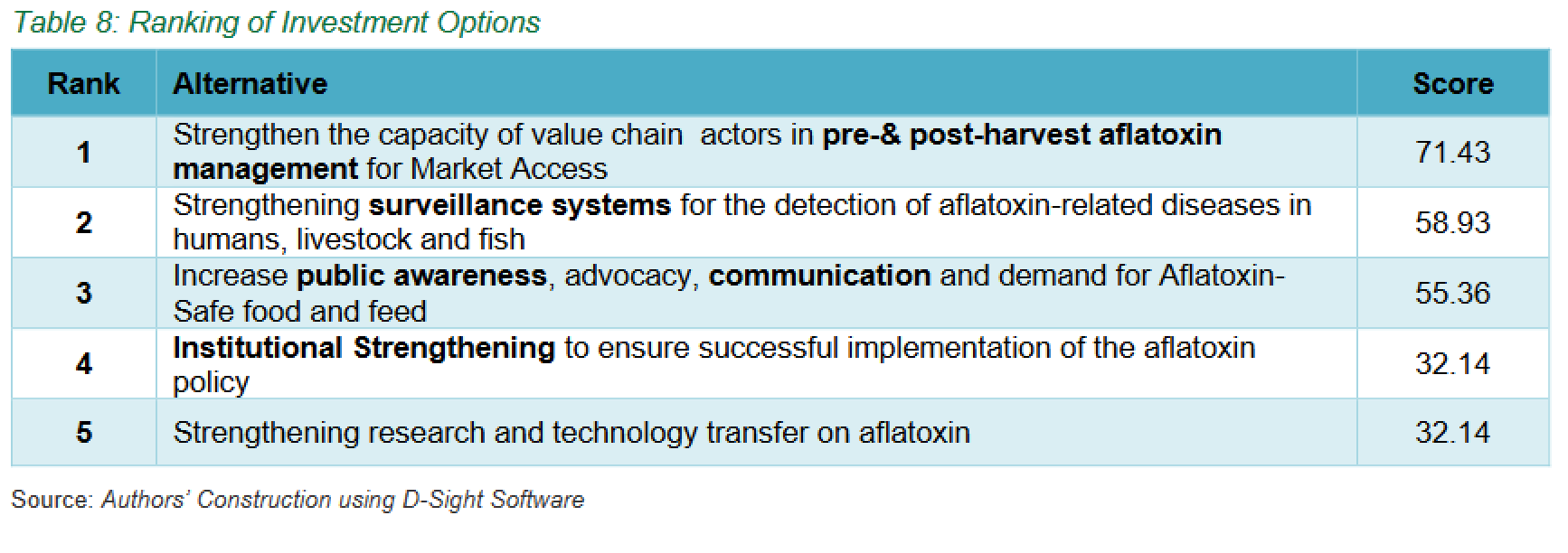In the current global context, Food safety has become important for public health and international trade. A major food safety concern in Ghana and many African countries is aflatoxin contamination in food and feed. Aflatoxin contamination is highly prevalent in Ghana and mostly affect staple crops such as maize, groundnuts, sorghum, millet as well as animal products including meat, fish, eggs and many processed foods.
Humans and animals are exposed to aflatoxin through consumption and handling of contaminated food and feed. The relationship between aflatoxin, malnutrition and stunting is critical because Ghana has made significant efforts by reducing prevalence of stunting from 30% in 2003 to 19% in 2014. However, greater efforts are still required to further reduce stunting prevalence to the Africa Union’s Malabo target of 10% by 2025.
The Cost of Hunger (COHA) study report of 2012 also shows that Ghana loses about GHS 4.6 billion (US$783 million) annually because of child undernutrition. This amount represents 6.4% of Ghana’s Gross Domestic Product (GDP). In livestock, poultry and cultured fish, aflatoxin can cause low productivity, weight loss, various diseases and death. For example, egg production can be reduced by as much as 70% when chickens are fed with aflatoxin contaminated feed.
Aflatoxins also pose a barrier to trade and market development due to the rejection of contaminated products by buyers including the food industry and importing countries. Ghana loses about 319,000 tonnes (18%) of maize annually due to aflatoxin contamination. In 2004, the European Commission’s Rapid Alert System for Food and Feed (RASFF) ranked Ghana among the top
ten countries with the highest number of alert notifications about high level of aflatoxins. Although the EC investigated the causes of the high number of alerts and recommended some measures for the management of aflatoxin in food, not much has been achieved over the years and the problem persists.
This report presents the outcome of the prioritization exercise carried out by national stakeholders with the support of Prioritizing Sanitary and Phytosanitary (SPS) Investments for Market Access (P-IMA) experts in AGRA. The report is structured into six sections. Section one introduces the report while section two gives an overview of aflatoxin situation in Ghana and the Aflatoxin Policy. Section three provides an overview of the P-IMA Framework, section four gives a brief description of the investment options identified by stakeholders, section five presents the results of the prioritization exercise and finally the conclusion is presented in section six.

| Year of publication | |
| Publisher | AGRA |
| Geographic coverage | Ghana |
| Originally published | 16 May 2023 |
| Knowledge service | Metadata | Global Food and Nutrition Security | Mycotoxins and food security | Aflatoxins |
| Digital Europa Thesaurus (DET) | researchCapacity buildingfoodstuffs legislationhealth riskrisk managementpublic awareness campaignpolicymaking |
